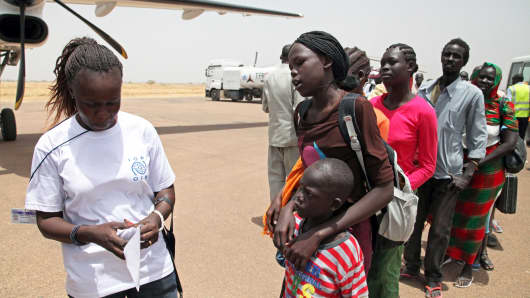With North America, Europe and Asia experiencing a boom in low-cost flying and the Gulf carriers becoming some of the biggest players in the market, Africa has long remained an untapped source of aviation growth.
In a report in April, the World Bank said over 60 percent of Sub-Saharan Africa's economic growth was down to consumer spending, and as millions of Africans come out of poverty, the middle class across the continent will continue to grow.
As trade between African nations rises, there is also a growing need for fast, efficient travel between countries. Yet air transport links remain under-developed and there are few low-cost carriers (LCCs) that serve the continent.
Elijah Chingosho, the secretary general of the African Airlines Association (AAA), said there were two major problems for the development of low-cost aviation on the continent.
"The cost of doing business in Africa, because governments levy very high taxes on airlines and on fuel," was one he said, "and the limited penetration of credit cards and internet use in Africa," was the other.
(Read More: Shifting Balance of Power in Aviation Business)
Speaking at the International Air Transport Association's (IATA) annual meeting last week, Chingosho claimed that in the rest of the world fuel costs accounted for around 30-35 percent of operating costs for airlines. In Africa, the figure was between 45 and 55 percent. Thus, in some cases, airlines in Africa had to spend over half of their budget on fuel alone.
Still, aviation growth has been growing steadily. IATA reported in May that international air passenger demand in Africa grew by 3 percent between April 2012 and 2013, and by 1.4 percent between March and April of this year, indicating a recent uptick.





